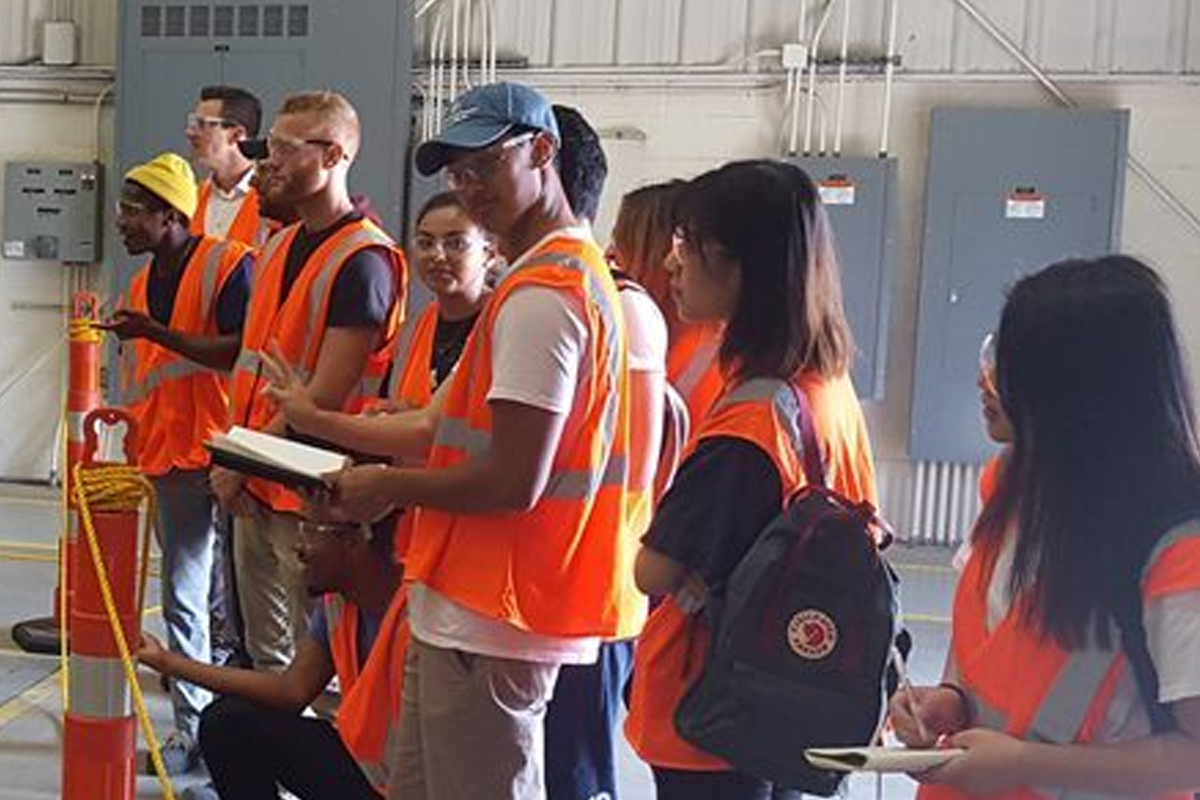Rome, N.Y. – As modern industrial machinery systems become more complex and connected various industries and universities are developing ways to deploy and integrate ever more advanced technologies. One of the technologies that are gaining momentum is augmented reality. Augmented reality (AR) is where a virtual environment or item, typically constructed in a digital format, is merged with reality as a projected overlay or hologram. This unique ability allows for the creation of various scenarios with real spatial awareness providing the opportunity for its users to develop skills, optimize solutions or solve problems without the expense of having the physical components available to the user.
In order to spark innovation Bartell is working in cooperation with Syracuse University’s College of Visual and Performing Arts. Students from the industrial and interaction design program are developing concepts in a design studio, led by Prof. Ralf Schneider, in which AR technologies are applied to real-world challenges such as machine design, human-machine interaction, and smart machinery systems.
Members of the Bartell engineering team, Mike Garlington, mechanical design engineer, Devinne Jalowiec, mechanical design engineer, and Teresa Gage, technical writer, have introduced the students to Bartell’s markets, machinery, applications and technologies allowing them to craft projects that define new applications for AR technologies in industrial environments.
Bartell’s V.P. of Engineering Paul Gatley feels that there is a real opportunity to apply these types of technologies to industrial manufacturing. “The cycle of building complex industrial manufacturing solutions is not only challenging for the suppliers but the customers as well. Introducing solutions into the cycle which improves the ability to communicate, design, manufacture, operate and support machinery systems is critical in today’s manufacturing environment. Our objective is to educate not only ourselves in these emerging technologies and define how they might be applied to our solutions but expose the students to industrial environments that they were not aware of or familiar to widening their vision to what is possible. We hope that our relationship with Syracuse University grows to incorporate not only AR projects but physical design as well. Expanding our view beyond the traditional engineering silos will allow Bartell to evolve to meet the future of manufacturing, provide our customers world-class solutions and be successful long into the future.”

